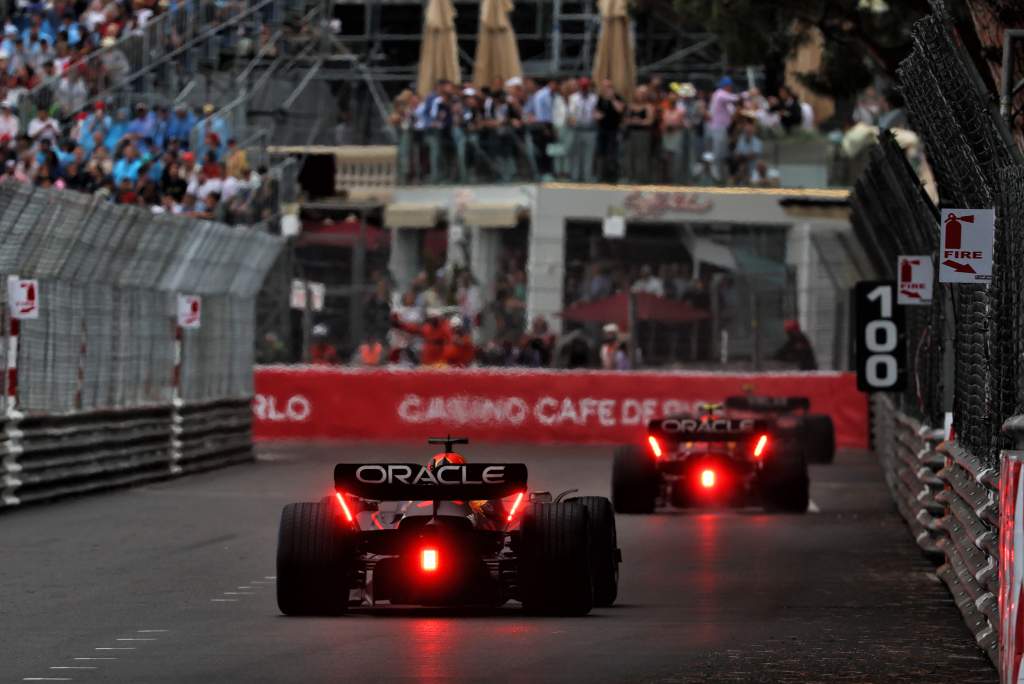Up Next

Just how serious are the concerns Formula 1 teams are presenting about the cost cap right now? That depends on who you speak to, with an insistence from top teams that they will struggle to avoid a breach being met with little sympathy from others.
But it’s an issue that won’t go away, with Ferrari team principal Mattia Binotto warning that the failure to make an adjustment could jeopardise the future of F1’s spending control regulations.
The cost cap was conceived to be introduced alongside this year’s regulations, but kicked in a year early after the technical rules were postponed to 2022 in reaction to the COVID-19 pandemic.
Originally set at $175million, that baseline cost cap figure was reduced to a starting point of $145m last year. It dropped to $140m this year, with a further $5m reduction for 2023.
But with inflation rates running high and other costs, particularly those related to energy and certain materials, increasing even beyond that level, a majority of teams are in favour of an adjustment to the cost cap.
A proposal for a 6.1% adjustment was tabled in the recent F1 Commission, but did not get enough support despite six teams being in favour. The 6.1% inflation figure was generated using International Monetary Fund data.
Ferrari, Red Bull, Mercedes, McLaren, Aston Martin and AlphaTauri have all long been in favour of such an adjustment, with several claiming rising fixed costs means it’s impossible they will come in within the cost cap.
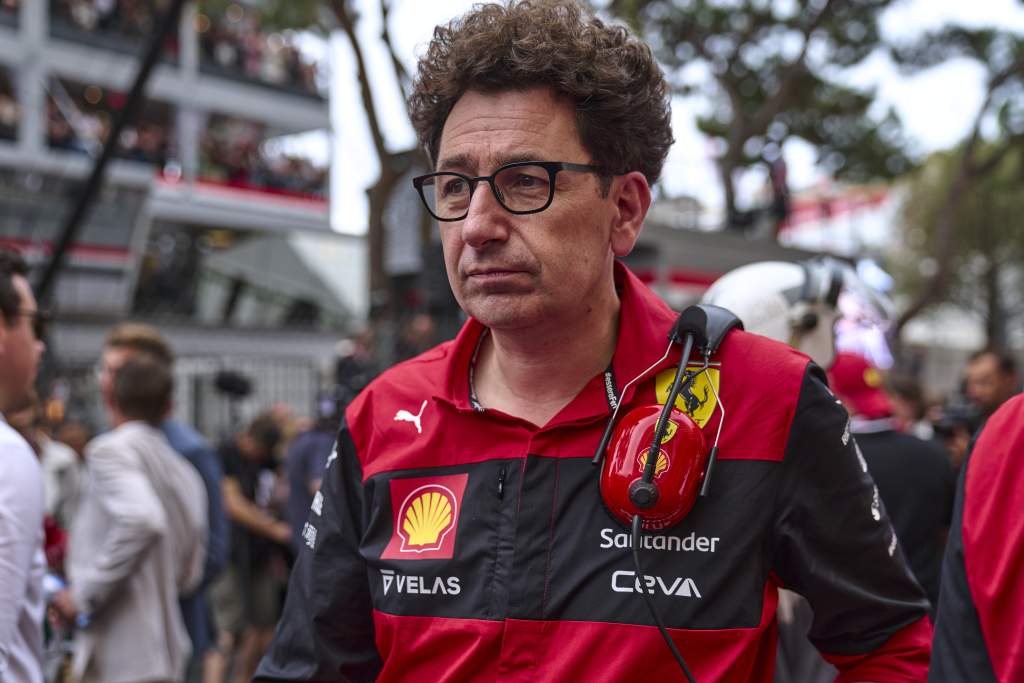
“What will be the implications?” said Binotto when asked what the consequences of no action being taken on the cost cap would be. “The most important is many teams will breach it.
“And that would be bad for the financial regulations, because if we come to the point that we are breaching the financial regulations then we will start debating the value of it.
“We will start debating if the financial regulations are worthwhile, is it working, and putting everything back in discussion.
“To avoid that, because it’s important to have a cap, I think the only way is to take some more time and try to do a better and proper job for next year and the following one.”
Binotto has argued that the current financial conditions represent a “force majeure” situation, an argument supported by Red Bull team principal Christian Horner.
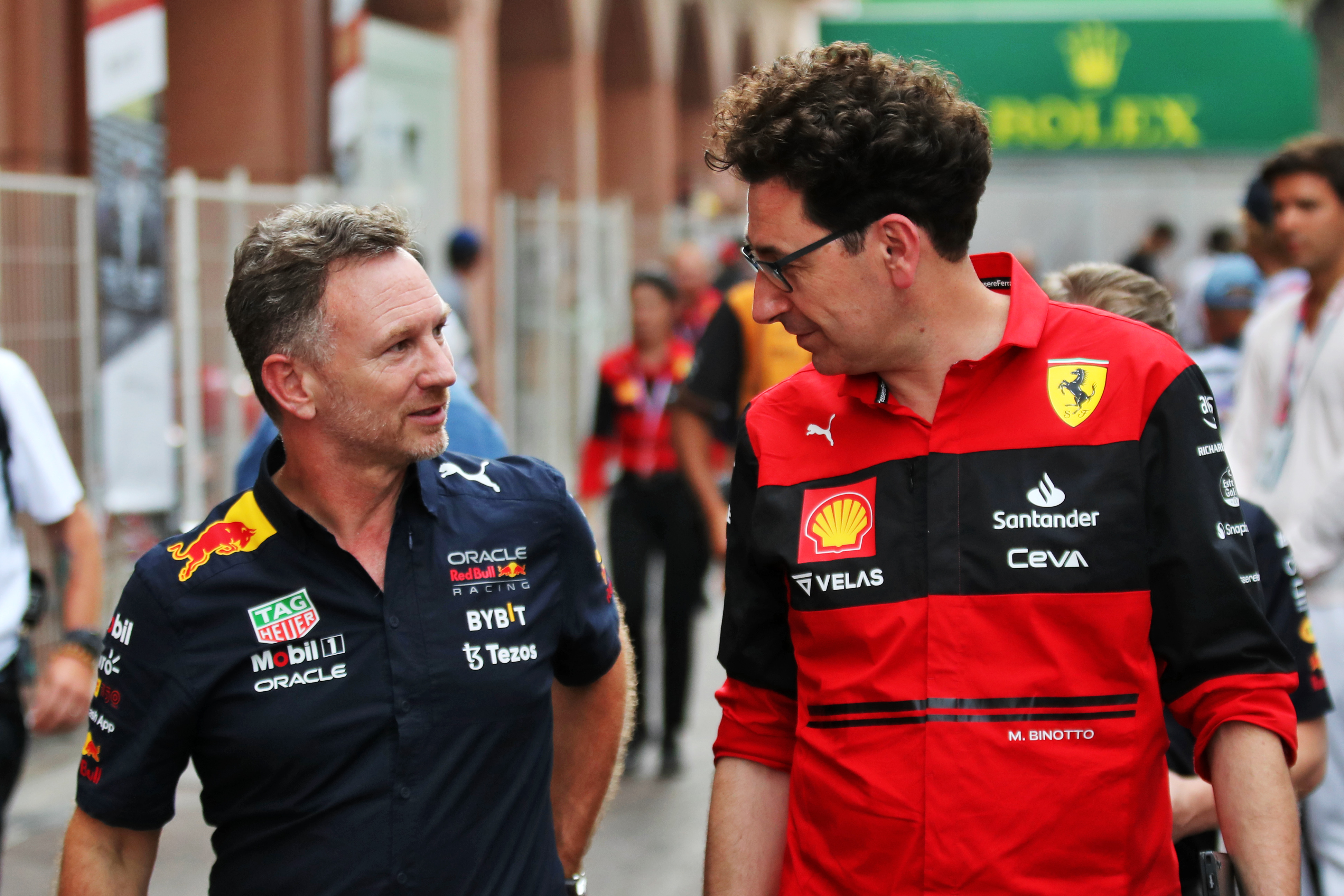
Teams standing against the cost cap have argued that there are ways to make adjustment to come in under the cap, with Alpine team principal Otmar Szafnauer arguing that the car development budget can be reduced to offset rises elsewhere.
Alfa Romeo team principal Frederic Vasseur has also refuted the argument on the basis that “inflation is not a case of force majeure”.
However, several of the teams supporting the cap have suggested teams standing against the adjustment are doing so because they are operating below the spending limit anyway. This gives them the headroom to increase spending without exceeding it. Szafnauer has refuted those claims of “opportunism” – insisting the regulations should be stuck to.
There is also a concern that a cost cap adjustment this year could just be the first step in it being regularly increased to the point where it no longer contains spending adequately.
Mercedes team principal Toto Wolff agreed that it’s essential for this situation not to arise, but backed the need to make changes to avoid the risk of teams having to restructure again to meet these challenges.
“The cost cap was introduced for specific purposes; to allow the small teams to spend the same amount as the big ones, and they [the big ones] shouldn’t be bargaining every year to lift the cost cap up,” said Wolff when asked by The Race about what action needs to be taken.
“But I think we’re facing an exceptional situation in that we have real inflation that is north of 7% at the moment. Our energy prices in Brackley have tripled, our freight costs have tripled and we are talking about the high single-digit millions amount.
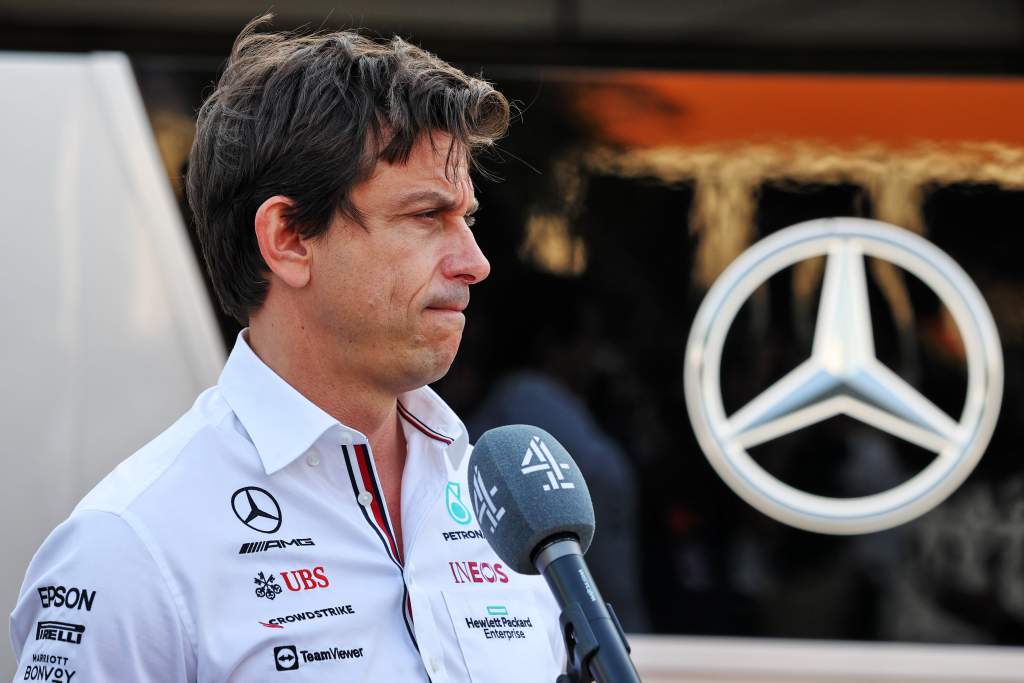
“That is something which needs to be considered because we want to avoid under any circumstances reorganising, restructuring the big teams again and in a way that would be really damaging for us as a team and for the industry.
“This is a force majeure situation. Having a raging war in the Ukraine and the consequences that it had on energy prices is not something that anybody could have foreseen.
“In that respect, then there needs to be some kind of compromise between the teams that are against that inflationary adjustment and the teams that are for it.”
Wolff cited energy costs for its Brackley base rising from “$2.5m to $6.5m” and freight costs “$2m to $6m”.
He also warned that without an adjustment, staff pay will be frozen at a time when the cost of living in the United Kingdom is rising rapidly.
“It’s not that we want to generate more profit, it’s literally allowing people to have their salaries compensated from the extraordinary inflation they are suffering from,” said Wolff.
“The worst for this sport is having a stubborn position that some of the smaller teams think we’re the big ones trying to gain an advantage.
“And I can tell you from my position as a team owner, I don’t want to lift the ceiling just to have just to have costs that are ever-increasing and basically outmanoeuvring the initial concept.
“But I want my people to be well-paid, especially in such tough circumstances.”
Red Bull team principal Horner claimed to support the principle of the cost cap, but argues “too much pressure” is being put on it by the current situation.
With an engine cost cap also in the works for 2026, he warned that it is necessary to tackle what he sees as the problems of the financial regulations to ensure they function as intended.

“The principle of a cap is well-merited,” said Horner. “The application is tricky and we’re experiencing that at the moment. There’s an awful lot of things that need tidying up within the existing cap that we have, and that’s being rolled out to an engine cap as well.
“There’s all kinds of complications. With companies’ reporting structures etc there’s many complexities. But I think we need to go beyond that.
“Too much weight and pressure is being placed on the cap at the moment. You’ve got to look at where your cost drivers are and as Formula 1 we need to do a better job of looking at technical regulations and sporting regulations because we’re still designing and manufacturing very expensive cars.
“The engine regulations for 2026, there’s nothing cheap about them and this is what then puts an artificial pressure on the financial regulations.
“We’re going to end up with more people in our financial department than we have in the drawing office and what we don’t want to see is that Formula 1 becomes an accounting world championship rather than a technical or sporting one.
“We’ve got to get that balance right, revisiting some of the fundamentals of why does it cost so much to build these cars?”
The argument that an adjustment needs to be made to the cost cap to account for the current global situation is a reasonable one. But concerns that it could lead to the cost cap figure continually creeping up are valid and it needs to be done in a way that prevents this happening.
Given a majority of teams are in favour, but not enough to force through an immediate adjustment, the principle of an extra allowance is sound. But it’s critical it is not done in a way that represents this longer-term threat to a cost cap mechanism that is central to F1’s hopes of making its teams genuinely self-sustaining and operating on a more level playing field. That’s why it’s also reasonable some teams are standing against it.
But Binotto is right that a failure to act could threaten the future of the cost cap given the potential for a situation where multiple teams, possibly a majority of teams, do break the cost cap this year. The 6.1% proposal appeared a sound way to tackle this.
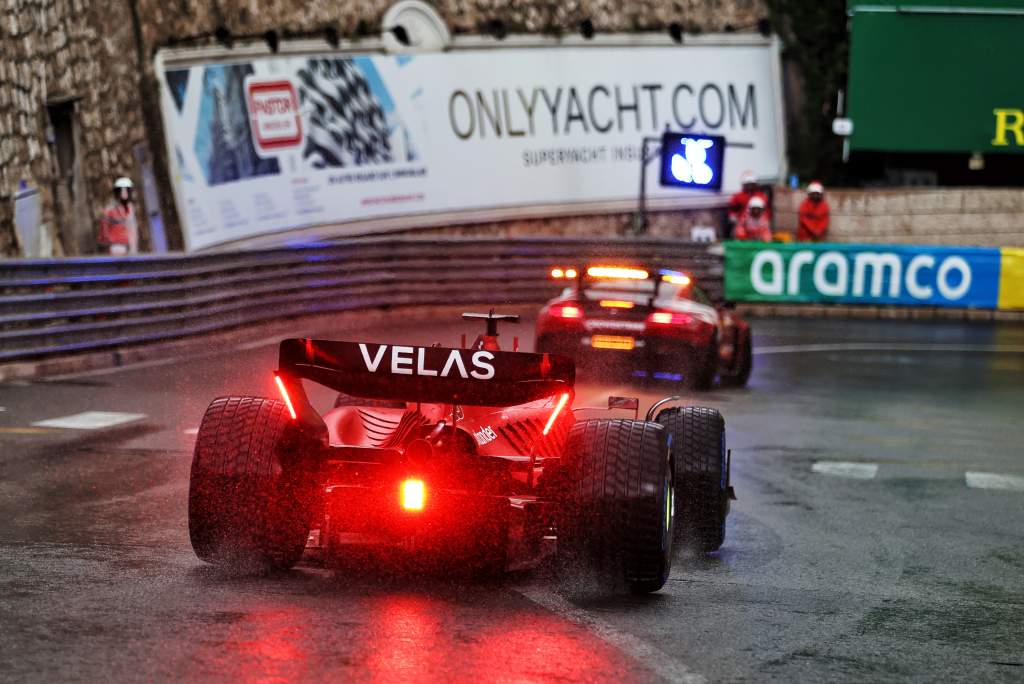
While the regulations allow for any excess spending beyond 5% as a “minor breach”, the consequences of this are not precisely defined. A situation where potentially more than half the teams are in this zone would be controversial, problematic and could indeed threaten the whole viability of the cost cap.
The financial regulations that are in place are the most robust way ever introduced in F1 to keep spending under control and it’s essential they don’t go the way of previous measures such as the Resource Restriction Agreement from the previous decade. That’s why the teams standing in the way of an adjustment have a right to be cautious.
The Resource Restriction Agreement was ultimately non-binding and it’s important to remember which teams were central to that happening given some of them are among those being vocal about an adjustment to the cost cap. In particular, Horner suggesting the focus should be on reducing the costs of building the cars is a dangerous one given the history of F1 spending wars proves there’s always ways for teams to find an advantage from increased spending. That’s what makes the cost cap such an important rule.
What happens with the cost cap this year could be vital to its future. If nothing is done, the cost cap will bend – and the fear that it could break entirely is not misplaced.


